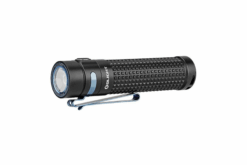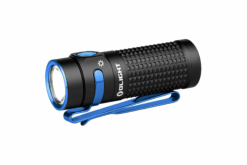Survival/Outdoors
Survival gear and outdoor equiptment are essential for any adventure seeker, whether you're camping, hiking, or exploring the wilderness. Our selection of gear includes a variety of items, including camping tents, sleeping bags, backpacks, and more, all made with durable, high-quality materials that are built to withstand the elements. Our selection also includes survival gear like knives, fire starters, and emergency supplies, which can help you to stay safe and comfortable in the wilderness. Many of our products are designed to be lightweight and compact, making them easy to carry and pack for any outdoor excursion. Whether you're a recreational or professional outdoorsman, our gear offers improved performance and functionality to enhance your outdoor experience. Browse our selection of top-quality outdoor and survival gear from leading manufacturers and find the perfect equipment for your next adventure. Upgrade your gear today and be prepared for any outdoor challenge that comes your way.







